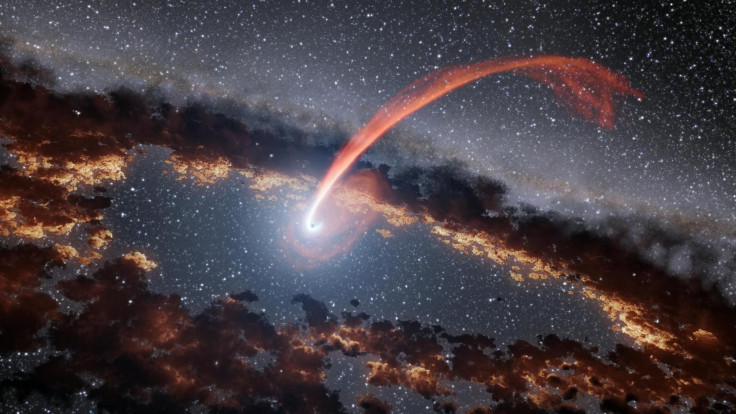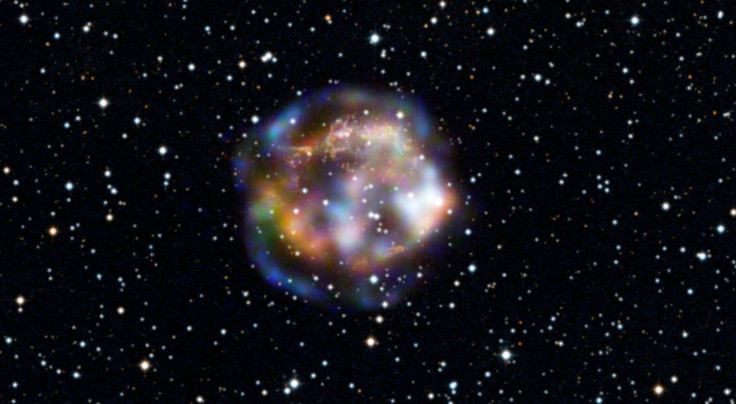Black Hole vs. Supernova: How These Things Could Kill You In Space, According To Neil deGrasse Tyson

Space exploration is a risky business. There are many ways to die in outer space, like being exposed to the vacuum of the universe, getting hit by an asteroid or accidentally floating away from your spaceship and drifting until you starve to death. But what would be the coolest way to go?
In an “ask me anything” on Reddit, astrophysicist Neil deGrasse Tyson elaborated on his ideas about the most interesting ways to die in space. He has previously put encountering a black hole into the No. 1 spot, but we now know what he likes second best: a front-row seat to a supernova explosion.
Read: Supermassive Black Hole Farts Out a Baby Star
“One of the greatest events in the universe,” he wrote on April 2. “Happens maybe only once per century per galaxy.”
The reason you can’t get too close to a black hole is that it would pull you in with such gravitational force that you could never get away. “It’s a one-way trip,” Tyson has explained. Not even light can go fast enough to escape its grasp, so humans certainly cannot.
But as hard as it’s pulling you in, the force increases more and more the closer you get. That means if you dive feet first, your feet are being sucked in faster than your head. The difference in the force would stretch you out so much that you would break into pieces, each of which would experience the same force and break into even more pieces.
“That will continue until you are a stream of atoms descending toward the abyss,” Tyson said.
There are trillions upon trillions of atoms in the human body, so that would be quite the stream.
A supernova is an equally devastating yet cool way to die. It occurs when a star explodes and it’s as big of an explosion as you can get in space, NASA says, so at least you would go out with a bang.

A star explodes because it has accumulated too much mass — either because it is old or because, in the case of binary system in which two stars orbit together, it has devoured its only friend.
According to Tyson, “It would look beautiful up close, right up until the energy intensity vaporized you.”
See also:
© Copyright IBTimes 2024. All rights reserved.











